The Gateway Department: How to Mentor Employees for Success in Custodial and Beyond
If you don’t read the Harvard Business Review, you may want to check it out. While there’s only a limited number of articles you can read each month without a subscription, they always offer great insights and ideas to help you become a better manager.
“How to Mentor Someone Who Doesn’t Know What Their Career Goals Should Be” by authors Tania Luna and Jordan Cohen was featured on HBR.org earlier this week and it really resonated with us. So often, custodial managers tell us that they struggle to get staff excited about the work we do. Some people see a gig in custodial like the game “hot potato.” As soon as they get in the position, they want out. But a lot of times, these people don’t even know what they do next.
The fact that the U.S. is experiencing an increasingly tight labor market with tougher immigration policies doesn’t help either. While not widely addressed in our industry at this point, these conditions can lead to that labor shortages that will continue to plague cleaning departments everywhere. That’s why it’s important that we look at our teams and help them build useful skills that may not only transfer to other areas within our businesses, but also help them more clearly see the longer-term impact of their work in custodial.
Often, custodial is looked at as the “gateway” department for many reasons. Some people may take a job to get their foot in the door with a specific employer. Others may find a job in custodial because they are new to the U.S. and speak little English. Someone might take a job in a custodial department at a college or university to help get tuition reimbursement for a child or family member.
Add to this the fact that custodial work is extremely tough with little recognition, so job satisfaction is low. According to the HBR article, this condition isn’t isolated to the facility management industry. Authors cite a study that found 70 percent of employees across several industries reported are dissatisfied with the career opportunities available to them — a key driver for retention and engagement. Further, 75 percent of employers said they expect to face a shortage of qualifications and skills from employees.
Authors suggest that rather than looking at a “career path,” we need to change the way we look at a more growth-based framework.
“Consider the etymology of the word “career.” It comes from the 16th-century word for “road.” When we envision a career, we imagine a direct path with a final destination. And not long ago, this concept was useful. Career growth meant attaining incremental increases in prestige and compensation. You could look at the past and use it as a gauge of the future — taking the steps that others took to get to where they got. This vision of career growth no longer matches reality. We no longer need to be good at predicting the future; we now have to succeed when the future is unpredictable. We have to abandon the career myth and create a new framework for personal and professional growth.”
When mentoring an employee, the inevitable question we most often default to is “what are your career goals?” Rather than having a person focus on rungs on a ladder — for example, becoming a supervisor or assistant director—ask questions about the nature of the work, such as “what types of work do you want to do less of and more of?” And, “What strengths do you have that you can build on?” This helps employees thing more critically about their responsibilities and personal growth potential.
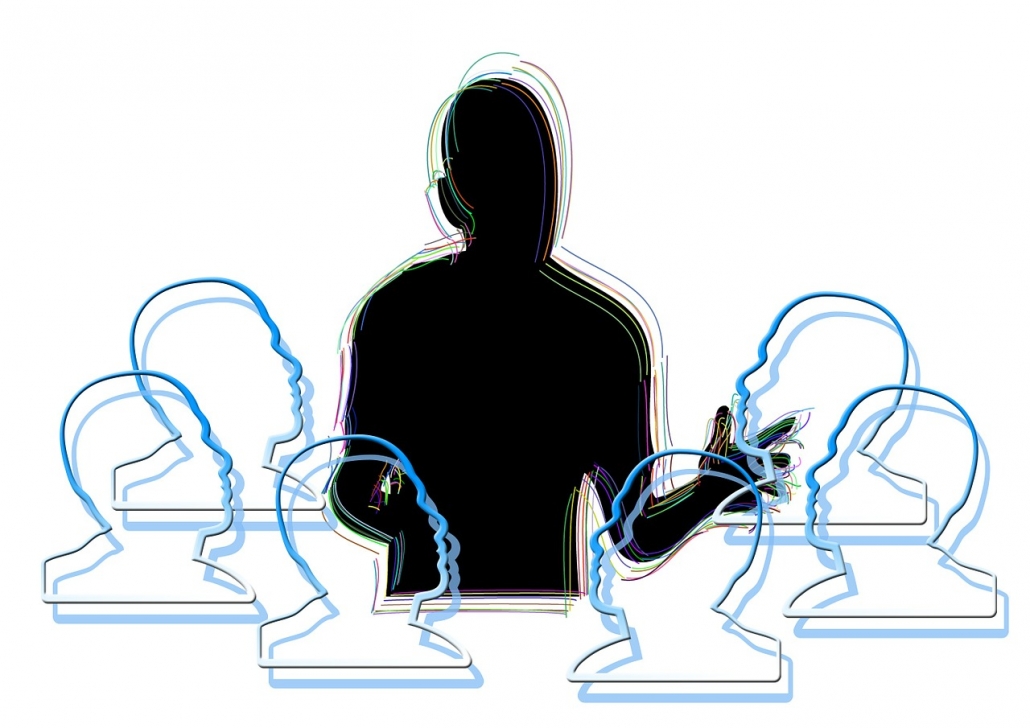
The article’s authors also suggest “focusing on transferable skills.” By empowering employees to “diversify their career capital” and think about a variety of transferable skills, such as communication, public speaking, management, etc., we help them find ways to grow personally and professionally. Within the (OS1) System, we have a language we call “OS1ian” that offers non-English speakers a fundamental set of vocabulary words they can use within the custodial operations, but also will be helpful for them in other areas of life.
In a mentorship dynamic, you might ask someone what type of skills they would like to build upon to become more effective in their current position or what skill gaps they feel are holding them back?
Authors suggest we “create milestones” to acknowledge growth and achievements, because titles no longer represent advancement.
“One way we’ve done this is to create badges that demarcate growth. For example, when managers receive training, they receive a certificate. To get their next badge, they must complete an advanced program. A badge system can demarcate skills, knowledge, and achievements — creating a portfolio of accomplishments rather than a traditional résumé.”
Training is such a critical part of what we do, so think about how your training program is structured to recognize achievement. Incentivize employees to accomplish a new set of milestones, such as a learning track in ergonomics or blood borne pathogens. This provides them with useful skills that empowers them, while also enabling them to grow professionally.
******
By the nature of the work, custodial departments will prevail as the “gateway” department for labor. But this uniquely positions custodial managers to help employees not only shape their futures, but form critical skills that will help them along the way — in custodial in beyond.



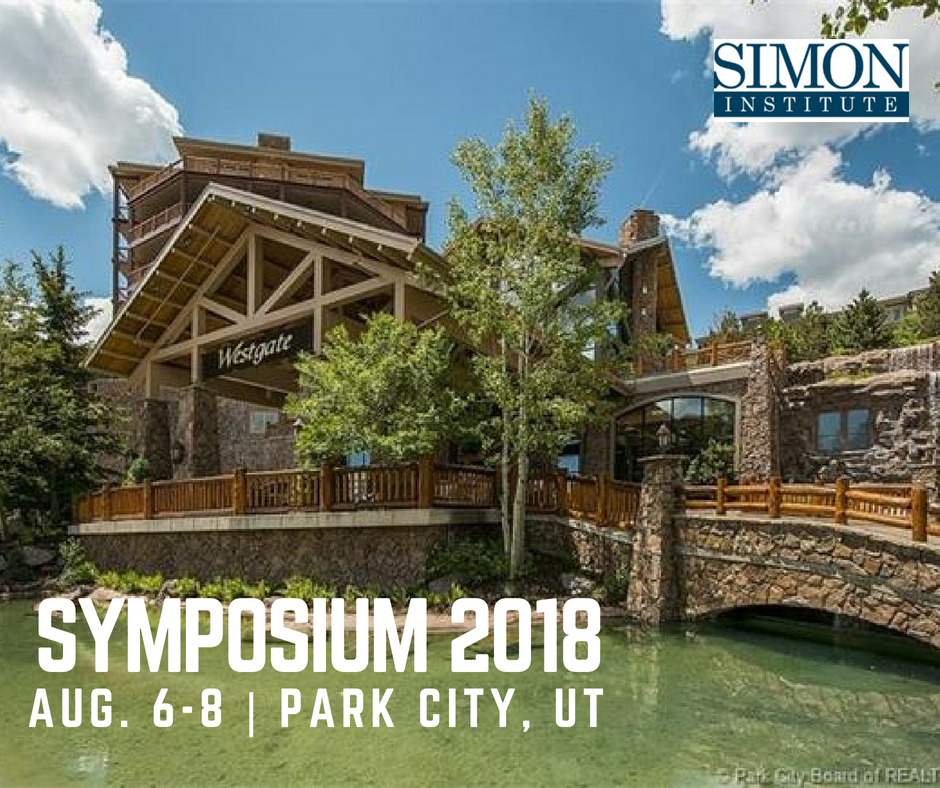
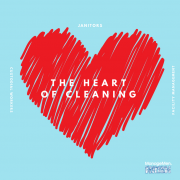
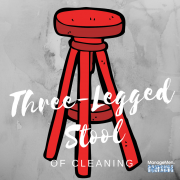

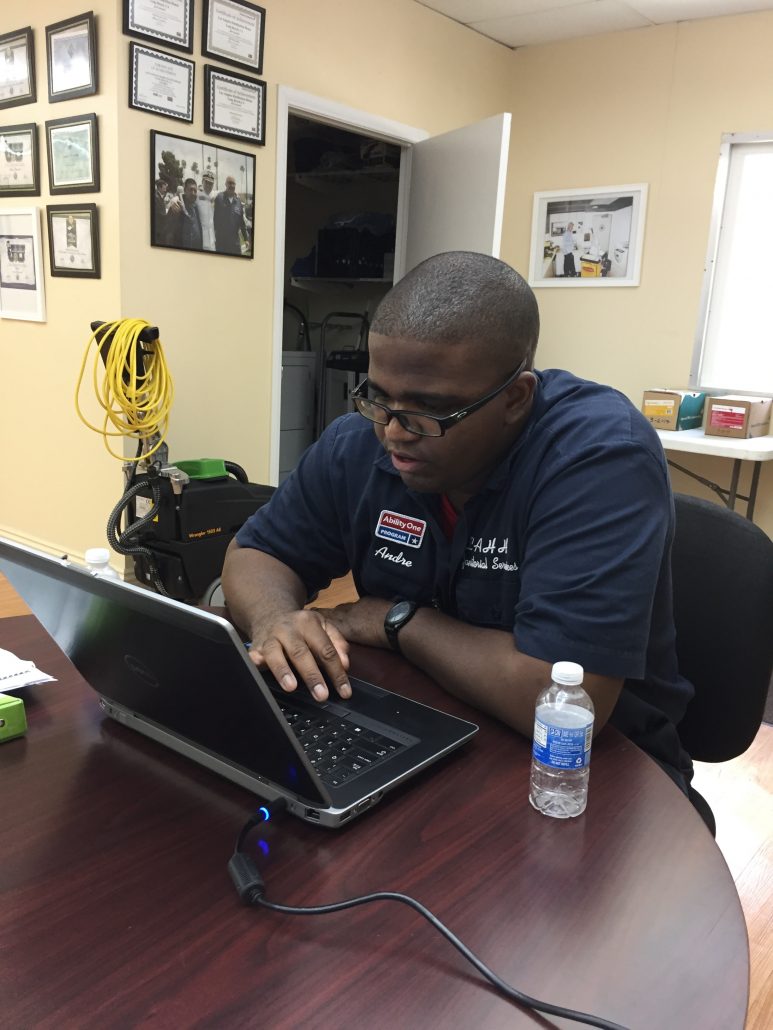
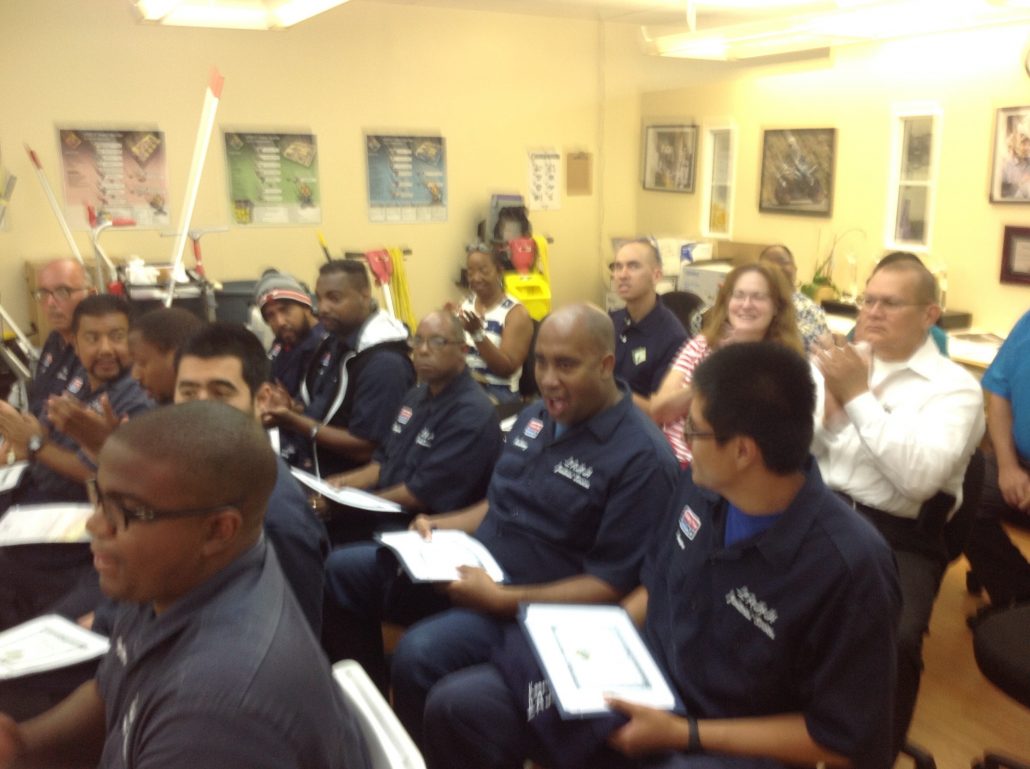

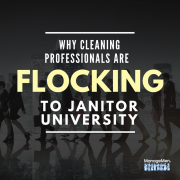
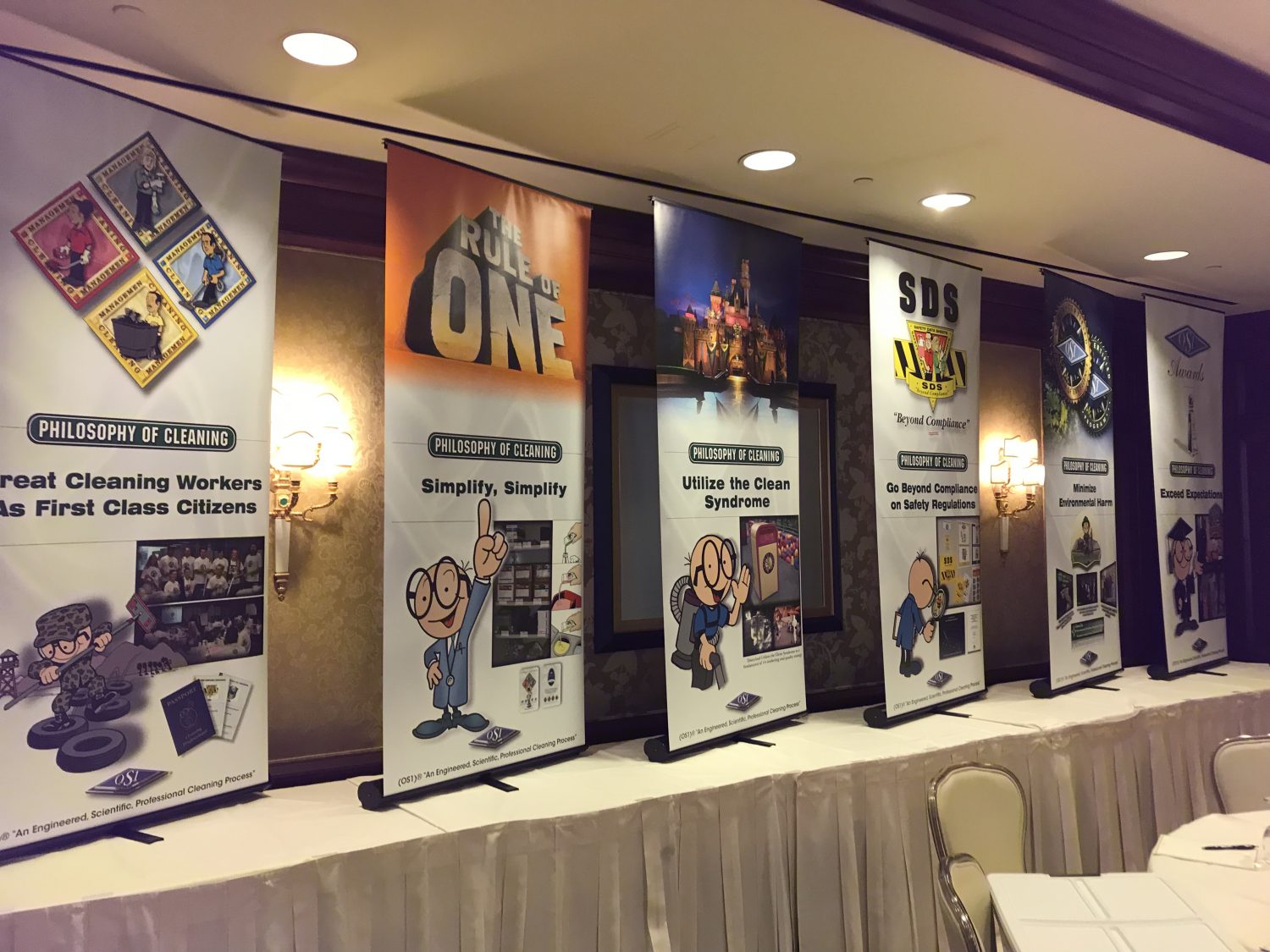
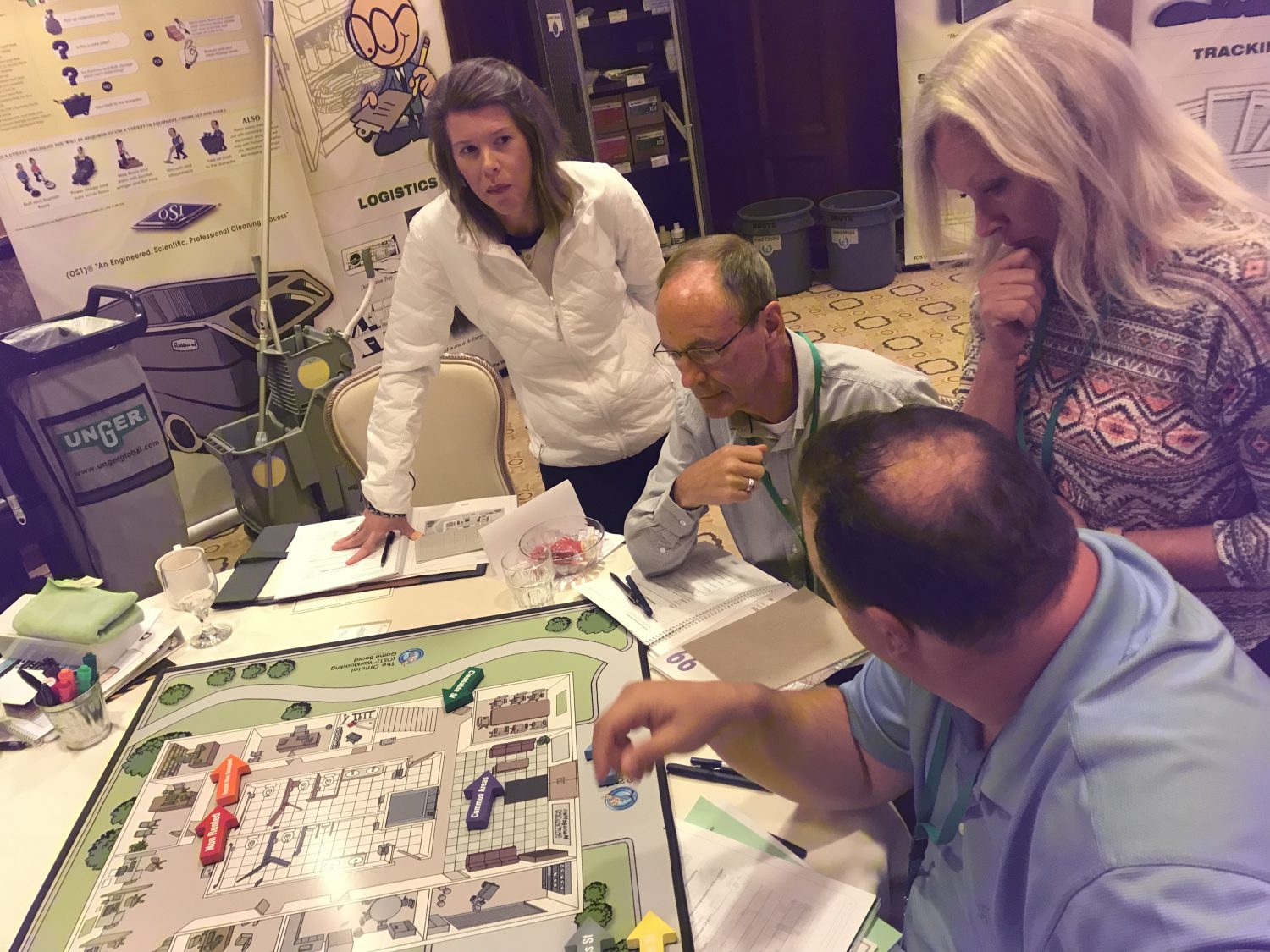
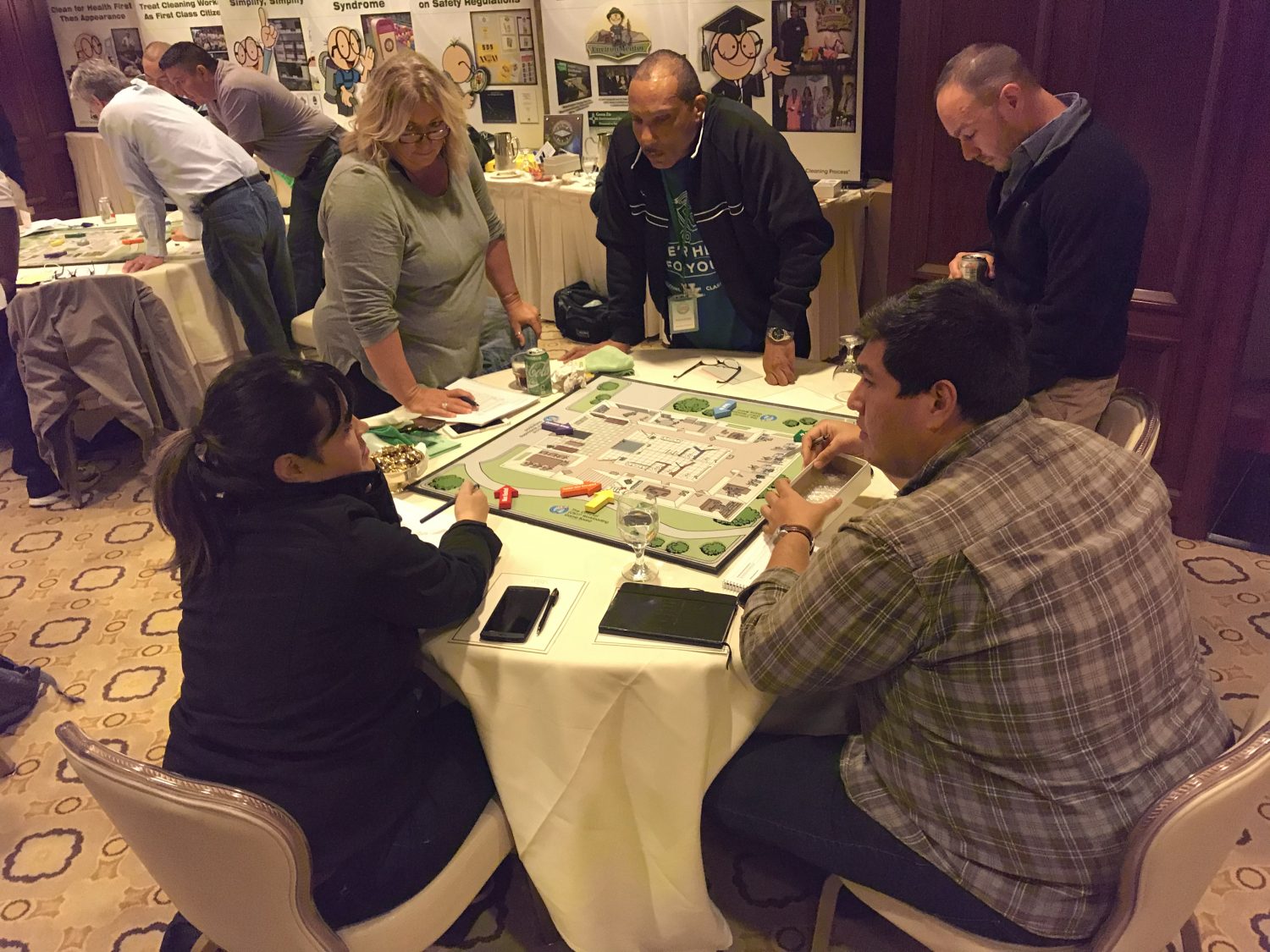
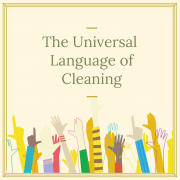
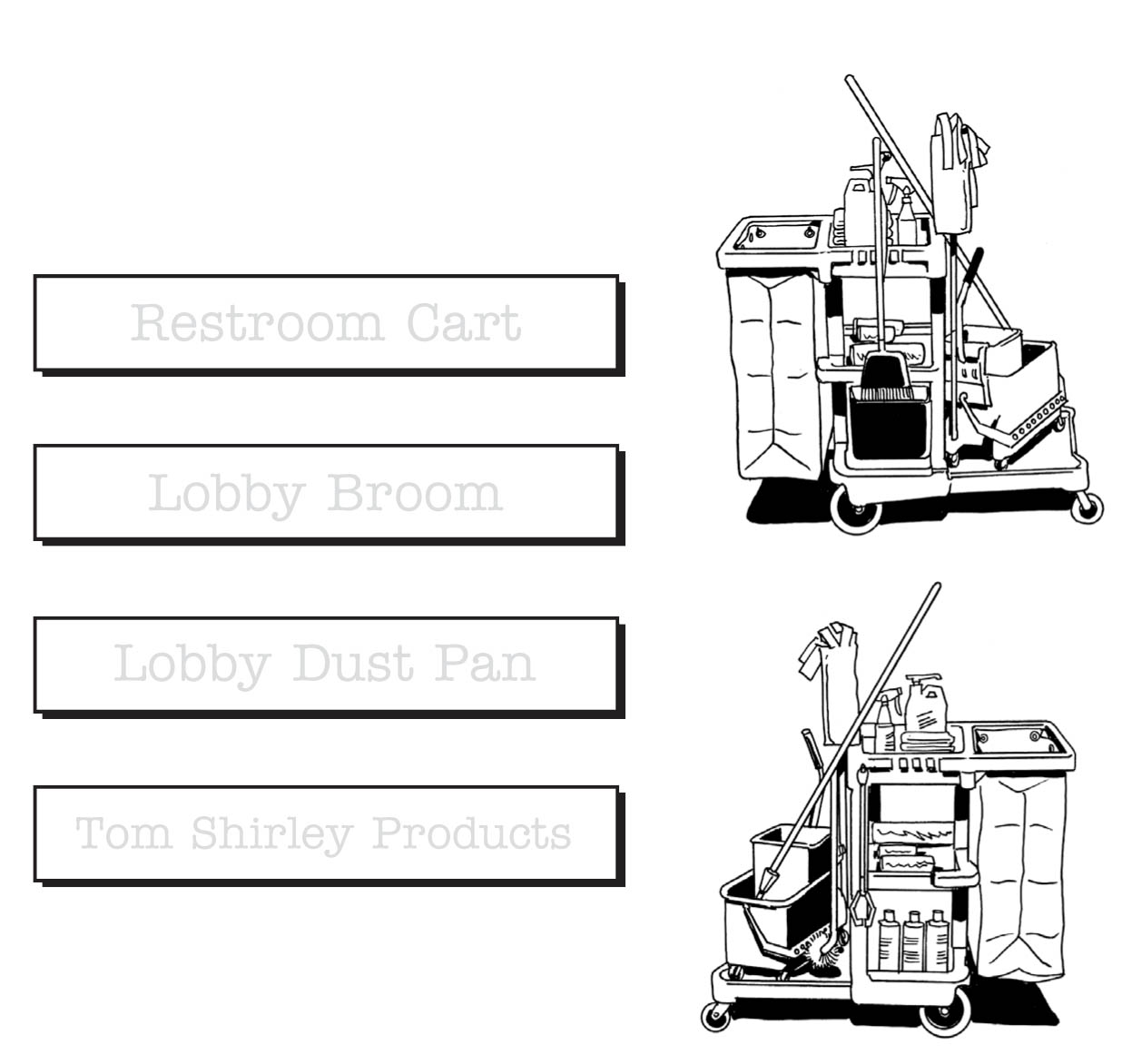


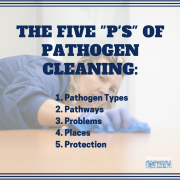
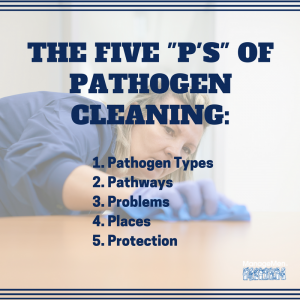 uts or abrasions and who do not use protective gloves can be at higher risk of exposure.
uts or abrasions and who do not use protective gloves can be at higher risk of exposure.